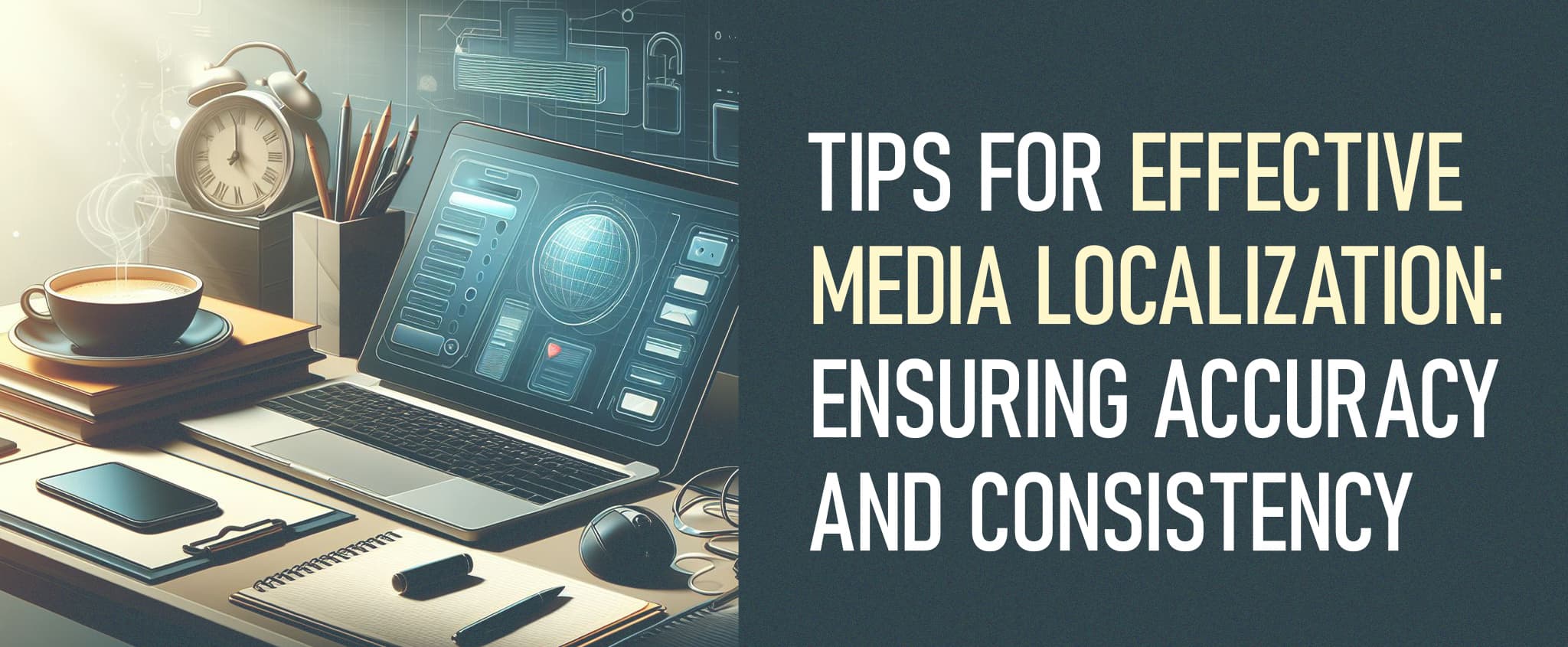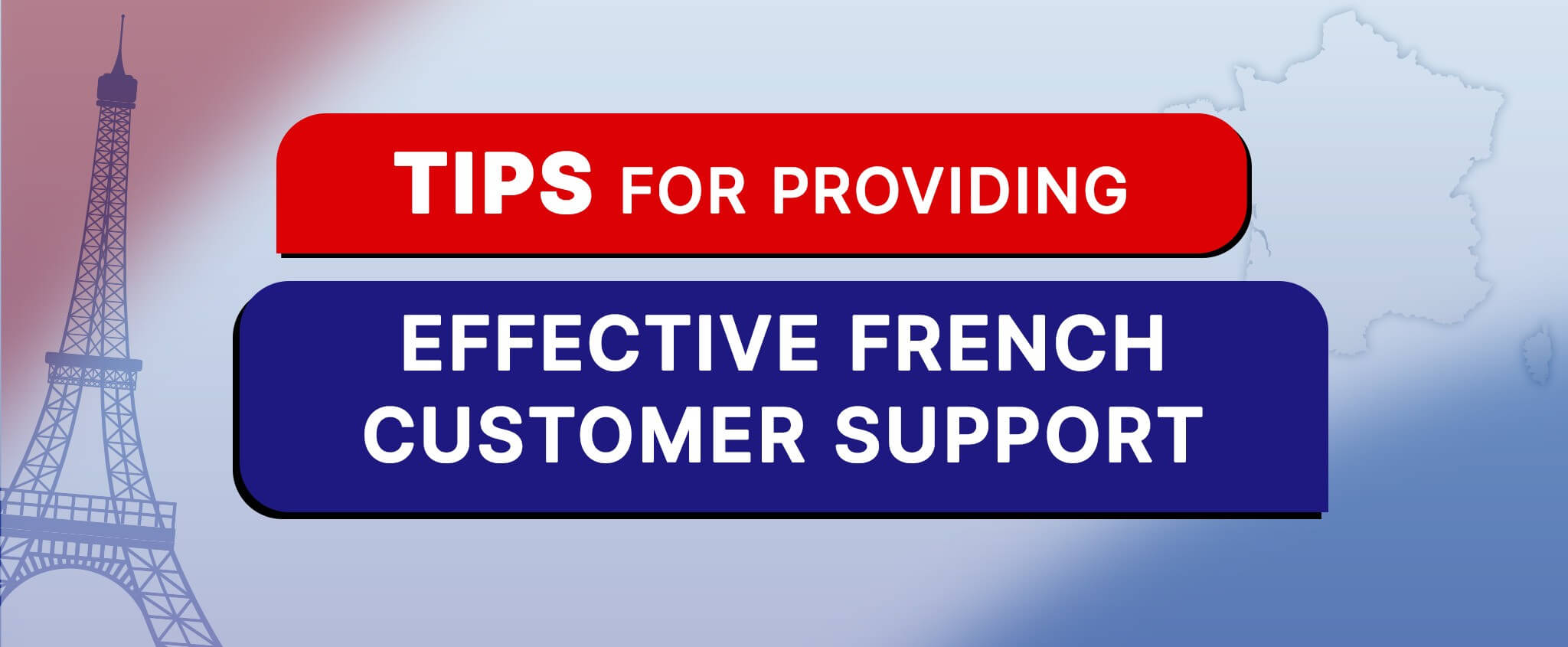Subtitling vs Dubbing: Pros and Cons of Each Method for Translating Film and Video
The internet, digital streaming services, and other technological advances allow businesses, filmmakers, and content creators to bring their stories to audiences everywhere. While language barriers remain a challenge when it comes to reaching international markets, industries rely on translation and localization, along with the two most common methods: subtitling and dubbing. Now, CCCI raises the question, “Which method is better?” In this article, we’ll discuss subtitling VS dubbing and make the best decision for your content!
Key Takeaways:
- 76% of respondents from the United States and 75% from the United Kingdom prefer subtitling over dubbing. In comparison, 54% of viewers in Italy and six out of 10 in Germany prefer dubbing.
- 85% of all Facebook videos are watched with the sound off, and 80% of video viewers are likelier to finish a video with subtitles.
- Subtitling is best for viewers with difficulty hearing, while dubbing is best suited for visually-impaired audiences.
- The winner for subtitling VS dubbing can depend on your target audience’s preference, budget, and even the type of video or film you’re creating.
- The pros of professional subtitling are most effective when you hire a professional subtitler who understands the nuances of the target language and knows the subtitling standards.
Table of Content:
- The Difference Between Subtitling and Dubbing
- The Pros and Cons of Subtitling
- The Pros and Cons of Dubbing
- CCCI – Multilingual Subtitling Service for Any Project
The Difference Between Subtitling and Dubbing
On the one hand, subtitling, automated or manual, is providing subtitles to a film, video, or program. It’s the process of translating the screenplay, transcript, or dialogue into another language and superimposing them over the video. The subtitles are usually displayed at the bottom of the screen. They could be in a foreign language or the same language the film is shot in. Some subtitles also include added information.
On the other hand, dubbing is a post-production process where producers replace the original voices with voice actors speaking in another language. They add the new audio into the original sound, creating a finished soundtrack with fully translated dialogue. When dubbing films or videos, the translated audio is carefully synchronized with the original video.
Subtitling and dubbing make audiences worldwide feel closer to a story and allow them to enjoy it in their native language. Of course, businesses can also use either method for product videos, explainer videos, employee training materials, and more! Both are equally effective translations and can help you reach new markets.
The Pros and Cons of Subtitling
In a 2021 survey, 76% of respondents from the United States and 75% from the United Kingdom said they prefer subtitling over dubbing. That’s a lot of people! Of course, subtitling has several benefits, but it also has some drawbacks. Some of its advantages include the following:
Preserving the Original Audio
Subtitling preserves the original audio, meaning it helps maintain the film’s integrity. Subtitles allow viewers to enjoy the accurate performance and emotion of the actors! Moreover, if you’re learning a new language, subtitling can be very helpful for studying the pronunciation and intonation of native speakers.
Accessibility For the Deaf Audience
Subtitling also makes films more accessible for the deaf and hard-of-hearing community. Many people have problems with accent recognition or difficulty following the dialogue, so being able to read the script can be a huge help. It’s also possible to include information that helps them understand the translation and visuals, such as descriptions of music, sound effects, and other audio cues.
Note: 85% of all Facebook videos are watched with the sound off, and 80% of video viewers are likelier to finish a video with subtitles. If you want to reach a wider audience through social media, subtitling is your go-to method!
Faster Process than Dubbing
Because there’s no need to match the actors’ lip movements, the subtitling process is usually faster compared to dubbing. Of course, there’s still the need for careful translation, proofreading, and determining the timing of when the subtitles should appear, but it’s generally lesser work.
More Affordable Option than Dubbing
Lastly, subtitling is more affordable than dubbing. It requires less production time and no extra studio equipment and actors. The cost might depend on your project.
Now, what makes subtitling a less-than-ideal option? Here are some of the disadvantages of this method:
Lack of Space
Subtitles must be kept short and simple to avoid overwhelming the viewers. This process is complicated as expressing certain nuances in a few words can be challenging, and some viewers might even miss crucial details.
Distracting and Giving Away Crucial Plot Points
Subtitles can be distracting, especially for those not used to reading them. Additionally, some viewers might be able to predict the plot twists if they read the dialogue beforehand.
Bi-modal Translation
It’s also worth noting that subtitling requires a bi-modal translation approach, meaning the viewers must read and listen simultaneously. It can be hard to follow without a proper understanding of both languages, as they must be able to catch up with what’s happening on the screen and read the subtitles at the same time.
Note: The pros of professional subtitling are most noticeable when you hire a professional subtitler to do the job. Subtitling can only be effective if its translation is accurate and precise!
The Pros and Cons of Dubbing
If viewers from the United States and the United Kingdom love subtitles more than dubs, 54% of viewers in Italy and six out of 10 in Germany prefer dubbing. The pros of dubbing include the following:
Accessibility to Visually-Impaired Viewers
If subtitling is for the deaf community, dubbing is for visually impaired people. This option allows them to still know what’s in the film and enjoy the experience even without seeing the visuals! Also, those with difficulty reading subtitles can follow along without a problem. If your target audience is children, dubbing can be a great option.
No Texts Superimposed Over the Video
Unlike subtitles, dubbing doesn’t require texts to be superimposed over the video frame. It allows viewers to focus more on what’s happening in the film and let them fully appreciate what they’re watching.
Emotional Impact
Dubbing can also provide a better emotional impact than subtitling because they hear the characters’ voices in their own language and can pick up on the feelings behind their words. With a good voice actor, dubbing can make the film more engaging and entertaining, even if the viewers can’t hear the original voices.
Requires Less Effort From the Audience
The audience also needs less effort to understand the words if they hear them in a language they understand. Dubbing reduces the cognitive load and allows viewers to focus on the film’s visuals and other elements.
Despite its advantages, dubbing has some setbacks that producers and viewers should know. Here are four of them:
Mismatched Lip Movements
Dubbing can be unappealing to some viewers, especially when the lips of the characters don’t match their words. Dubbing already removes the original performance, which can be even worse with mismatched lip movements. One reason could be the length of the translated dialogue compared to the original, which can take much work to get around.
Bad Voice Actors
Bad voice acting can be a deal-breaker, making the characters seem unrealistic and even hindering their emotional connection.
Pro Tip: Hire dubbers with similar voices to the original actor or voices that suit the character! An excellent voice actor can bring a character to life and make the viewers forget they’re not watching the original performance!
Requires More Effort From Production
Dubbing also requires more work from the production team, as they need to gather voice actors, use studio equipment, and record the translated dialogue. It can be a long process, and it might not be worth it for some productions.
More Expensive than Subtitling
Lastly, dubbing usually costs more than subtitling. The production team must invest in hiring voice actors and the equipment they need, which adds to the overall budget.
CCCI – Multilingual Subtitling Service for Any Project
Technology has made it possible to share stories from around the world in ways that have never been imagined. And if you ask CCCI, the winner in subtitling VS dubbing is definitely subtitling. Why are the subtitles better? Well, the cost and time involved in subtitling are much lower than dubbing, and it doesn’t take away the original performance!
CCCI offers professional subtitling services for films, videos, K-dramas, and any other project you may have. Our dedicated team is composed of native speakers from around the world and can deliver your subtitles in over 30 languages. We have over ten years of experience providing top-quality language services, ensuring your project is handled competently, accurately, and quickly.
Are you ready to share your story with the world? Contact us today!






